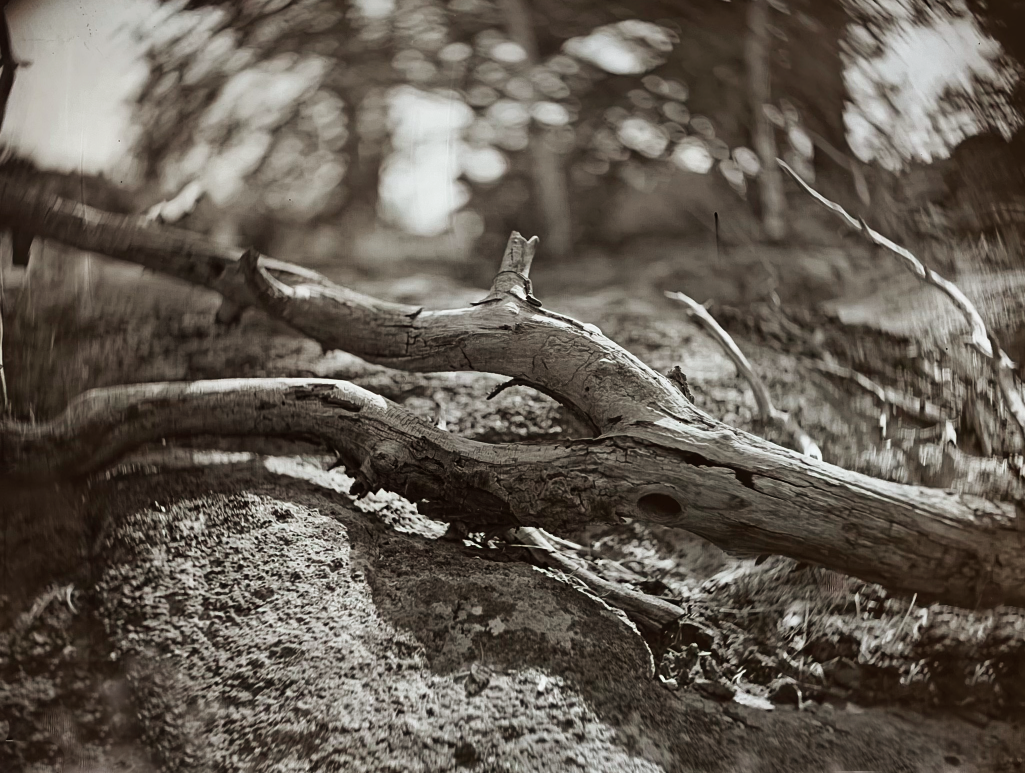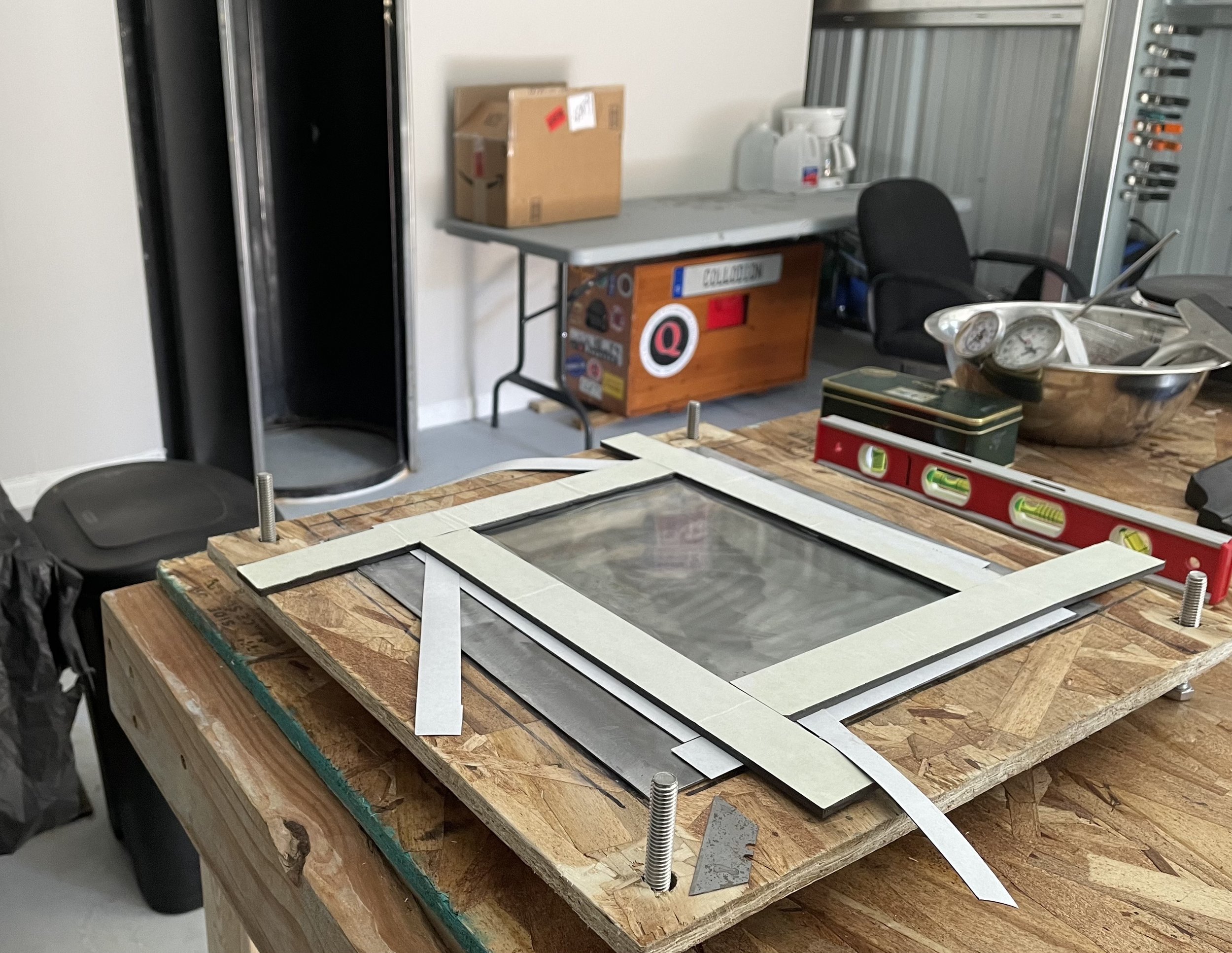After I posted the first part of this, I got some feedback/comments and some questions. I want to explore the idea of death anxiety and its role in making art with you. I’ll do my best to explain how I understand these theories based on Ernest Becker’s work and the Terror Management Theory (TMT) of Dr. Sheldon Solomon and his cohorts.
It’s essential to start with Ernest Becker and his book, “The Denial of Death.” The best way to explain his theories is to state from the beginning we, as humans are aware of our mortality - we know that we are going to die. It sounds like a simple and straightforward statement, but it packs a lot of weight. In fact, I would argue, as many philosophers do, that it’s the driving force of ALL human activity.
Why is that? Why does the knowledge of our impending death consciously and subconsciously drive our lives? The answer is simple, we DON’T WANT TO DIE! We are hardwired to LIVE, we WANT TO LIVE - you know, it’s “the survival of the species” kind of thing.
The knowledge that we’re going to die, creates intense anxiety. Becker called it “death anxiety”. We do everything we can to stave off or quell that anxiety. All human activity reflects this theory; including making art. We are consistently trying to tamper down the anxiety. In our subconscious mind, we want to find immortality, at least symbolically, to help quell the anxiety. We do that in many different ways. Some make photographs and write books. Both of which will “live” on beyond the creator’s existence. Some have children, some try to gain wealth and fame, and some join groups to do “good”. Ernest Becker said, “Man cannot endure his own littleness unless he can translate it into meaningfulness on the largest possible level.”
Most everyone has heard of a mid-life crisis. That’s when our age signals a “mid-point” in our lives - a wake-up call that it’s at least halfway over. Whether it’s physical, gray hair, menopause, andropause, retirement, grandchildren, whatever. It’s a time when some people really realize that the end is coming. What they don’t realize is that time could have come any day, any time from the moment they were born. This is the first time most think openly, at least in a non-direct way, about dying. There are many people that act out and it does become a crisis. We’ve all heard of the 60-year-old man buying a Harley or Corvette and getting divorced so he can find a 25-year-old woman to hang on his arm. Or people getting plastic surgery, face-lifts, hair plugs, botox, etc. These activities are all done in the service of death anxiety. Getting old equates to dying. Even not looking young, equates to death. The American culture is probably one of the worst in terms of existential crises. We loathe “old people”. We discard and discredit them. Why? They remind us of our own death, and that creates tremendous anxiety. I can’t go too much deeper or I’d be writing a book. I hope you can get the idea of where Becker’s head was - read his work and then follow up with Solomon’s work on TMT. It will make sense to you.
Let’s talk about making art and death anxiety. Sheldon Solomon said, “Living up to cultural roles and values—whether we are called “doctor,” “lawyer,” “architect,” “artist,” or “beloved mother”—embeds us safely in a symbolic reality in which our identity helps us transcend the limits of our fleeting biological existence. Self-esteem is thus the foundation of psychological fortitude for us all.” “The Worm At The Core: The Role of Death In Life”. Creating meaning creates self-esteem and self-esteem staves off death anxiety. Our purpose in life is to symbolically cheat death and “live forever”.
I was reading about Mark Rothko and his work the other day and ran into this passage. In November 1958, Rothko gave an address to the Pratt Institute. In a tenor unusual for him, he discussed art as a trade and offered the "recipe of a work of art—its ingredients—how to make it—the formula:
1. There must be a clear preoccupation with death—intimations of mortality ... Tragic art, romantic art, etc., deals with the knowledge of death.
2. Sensuality. Our basis of being concrete about the world. It is a lustful relationship to things that exist.
3. Tension. Either conflict or curbed desire.
4. Irony, This is a modern ingredient—the self-effacement and examination by which a man for an instant can go on to something else.
5. Wit and play ... for the human element.
6. The ephemeral and chance ... for the human element.
7. Hope. 10% to make the tragic concept more endurable.
I measure these ingredients very carefully when I paint a picture. It is always the form that follows these elements and the picture results from the proportions of these elements. - Mark Rothko
I understand that not everyone understands this, or is even interested in it. However, that doesn’t change the fact that it is valid and relevant to every human being. As an artist, it’s even more relevant because you are actively, consciously pursuing a legacy. Whether you know it or not.
I’m very aware or very conscious of the reason I make photographs. When I called this entry “Nobody Cares About Your Photography” I meant it in a philosophical way. In a way that means the ONLY person that cares about your work is YOU. It serves a big role, it gives purpose, it gives, meaning, and it gives self-esteem that will help quiet the death anxiety and allow you to be grateful that you are alive. That’s worth making photographs for, at least it is to me.





























